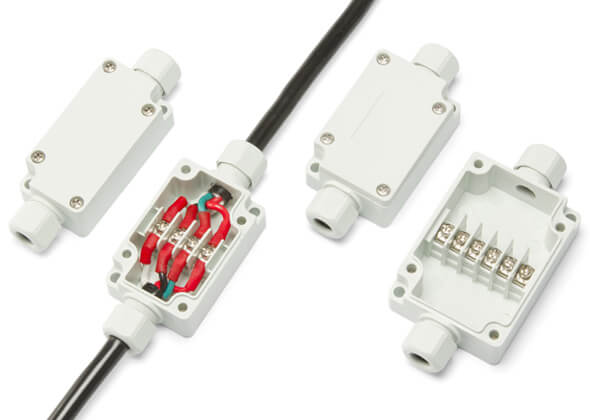 A junction box is an essential device in the instrumentation field, connecting process field instruments to the equipment used for controlling and monitoring them. It also serves as a termination point for multiple common systems within a certain area. The choice of junction box should be made carefully considering the environment in which it will be installed, as different environments may require different models of junction boxes. Knowing what type of junction box is needed in any setting can help you avoid costly mistakes, improve efficiency and ensure your instrumentation setup runs smoothly.
A junction box is an essential device in the instrumentation field, connecting process field instruments to the equipment used for controlling and monitoring them. It also serves as a termination point for multiple common systems within a certain area. The choice of junction box should be made carefully considering the environment in which it will be installed, as different environments may require different models of junction boxes. Knowing what type of junction box is needed in any setting can help you avoid costly mistakes, improve efficiency and ensure your instrumentation setup runs smoothly.
What Is the Importance of the Junction Box in an Instrument Control System?
Junction boxes are an important part of any instrument control system. By providing a single termination outlet for field instruments, junction boxes can save time, money, and energy compared to cable connections from each field transmitter to the control room. Additionally, junction boxes are fireproofed to prevent short circuits and keep wires safe should a fire occur. Finally, since junction boxes have terminal strips for cable termination, they allow for easier wiring and maintenance of instruments. All these factors make junction boxes an invaluable component in any instrumentation setup.
Once the signal has been transmitted from the local field junction box to the main one via a multi-core cable, it will head off to the marshaling cabinet and enter into the input card in the controller. This controller receives, processes, and sends data to the final control element through output cards, creating a closed signal transmission loop from beginning to end. With its ability to provide signaling continuity, the junction box is vital in ensuring smooth and precise process control.
How Field Instruments Are Wired to the Junction Box?
Any field instruments need to be connected to the box properly. To connect field instruments to the junction box, they should be wired through the bottom with a shielded twisted pair cable. The cable must be cut to an appropriate length, and its outer jacket must remain intact. It is also important that spare pairs in multi-pair cables are labeled for their source and destination terminals and insulated from their jackets and foils up to the point of termination. Shield drain wires must also be insulated from the foil end to the terminal. Lastly, all wiring at each end should have two labels that indicate the terminal connections at both sides of the wire. These steps will help ensure that field instrument connections to junction boxes are made correctly and safely.
Increased safety boxes are designed with 1.5mm 316 SS construction and typically have a bottom entry with a removable gland plate bolted to the box, sealed with neoprene gaskets, and fitted with an earthing stud. The incoming cable is entered from the side of the junction box while the outgoing cable runs through the bottom. These boxes also feature external mounting lugs and doors hinged at two points with a neoprene seal fitted all around them. On the other hand, explosion-proof junction boxes are constructed from 316 SS epoxy-coated copper-free die-cast aluminum material, featuring mostly four mounting lugs drilled with 10mm fixing holes and an 8 mm external earth lug. The cables for these boxes enter from the bottom of the junction box, while their lids have cast hinges integral to them with stainless-steel pins.
Contact Us Today
Contact Becker Mining today if you are interested in new junction box designs or integrations for your business. We are ready to assist with junction box selection or integration with your current electrical setup.
Products We Offer:
- Explosion Proof Equipment
- Transformers
- Arc Guard
- Longwall Electrical Systems
- Capacitor Trip Devices
- Electrical Equipments like capacitor banks, switch houses, junction and splice boxes.
Power up your productivity with Becker Mining's transformers - the reliable and efficient solution for all your power distribution needs. Call us today!